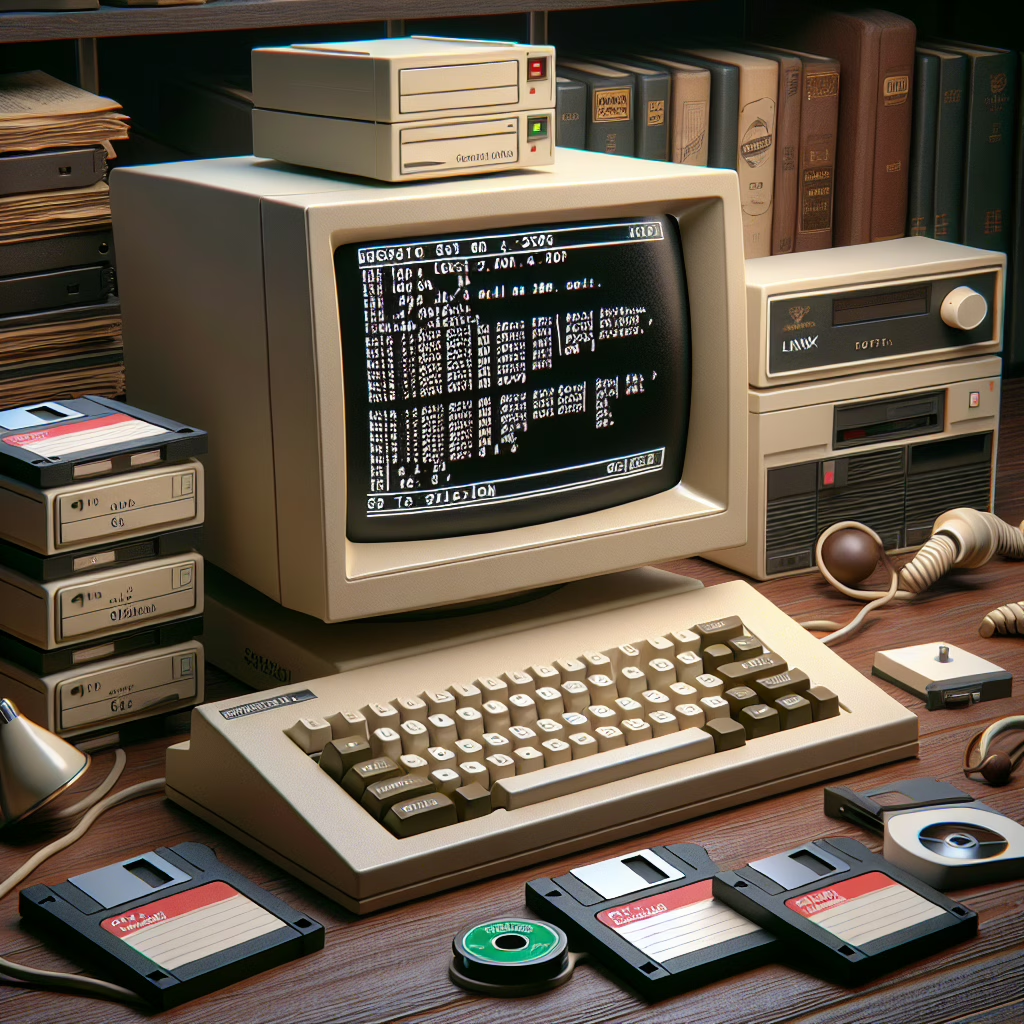In a move that has left tech enthusiasts both scratching their heads and chuckling, Microsoft recently unveiled a remake of an ancient text editor that once graced the MS-DOS universe. Yes, you heard it right! This isn’t just any old software; it’s a nostalgic trip down memory lane that now works on [Linux](https://www.geekyopinions.com/tag/Linux). Who knew the 1980s would come back to haunt us in such a delightful way?
Bringing Back the Good Old Days
For those who spent countless hours typing away on MS-DOS, the mere mention of a text editor is likely to evoke fond memories. You remember the days—when your biggest concern was whether your floppy disk had enough space for your latest masterpiece. The new editor is a charming reminder of simpler times, complete with all the quirks and charm of its predecessor.
But wait! Before you roll your eyes and dismiss this as another tech gimmick, consider this: Microsoft is not just reviving nostalgia; they are cleverly tapping into the growing Linux community. By making this retro tool available on Linux, they are bridging the gap between old-school computing and modern operating systems. Talk about a plot twist!
A Modern Twist on Retro
This remake doesn’t just offer a one-way ticket back to 1985; it sprinkles in some modern features that make it relevant in today’s world. Imagine the thrill of using a text editor that feels like a blast from the past but has been upgraded with functionalities like syntax highlighting and multi-file support. It’s like wearing bell-bottoms while driving a Tesla—totally retro but undeniably cool!
Linux users can rejoice in knowing they have access to this unique tool. The new editor embraces simplicity while offering just enough bells and whistles to keep even the most demanding programmers happy. Plus, who doesn’t want to write code in an environment that feels like it came straight out of a sci-fi movie?
The Tech Behind the Nostalgia
At its core, the editor retains its original charm while being built on modern code frameworks. This means it’s not only accessible but also snappy enough to satisfy today’s high-speed demands. Developers have worked tirelessly to ensure that the experience feels authentic while still being compatible with contemporary systems.
- Authenticity: The retro feel is preserved, allowing users to enjoy the functionality of classic software.
- Modern Framework: Built on today’s coding standards, this ensures seamless operation across devices.
- Developer-Friendly: Features like syntax highlighting cater to both beginners and seasoned programmers.
The developers behind this project have clearly invested time into making sure it aligns with current usability standards without sacrificing its vintage appeal. So whether you’re crafting your next novel or simply jotting down grocery lists, you can do so with a smile knowing you’re using a piece of tech history.
Why This Matters for Tech Lovers
The resurgence of classic software highlights an important trend: nostalgia sells! In an era where everything seems to be moving faster than light, there’s comfort in revisiting familiar tools from our past. It’s not just about functionality; it’s about connecting with memories that shaped our computing experiences.
Moreover, this move by Microsoft may pave the way for more retro-inspired projects. Imagine if other old-school applications decided to get a facelift! The possibilities are endless—perhaps we’ll see Windows 95-themed apps for modern systems next? One can only dream!
A Call for Feedback
As much as we love nostalgia, we also want to hear what you think! Have you had the chance to try out this new MS-DOS text editor on Linux? Is it everything you hoped for and more, or does it leave something to be desired? Your feedback could help shape future developments and ensure that we continue to enjoy the best of both worlds—old and new!
In conclusion, Microsoft’s delightful surprise for MS-DOS fans proves that sometimes looking back can lead us forward in innovative ways. So dust off those floppy disks (or maybe just your memory) and give this retro tool a spin. Who knows? You might find yourself falling in love all over again!
And before you go coding away in blissful nostalgia, don’t forget to share your thoughts in the comments below! We’re eager to hear about your experiences.
Special thanks to Ars Technica for inspiring this piece!

